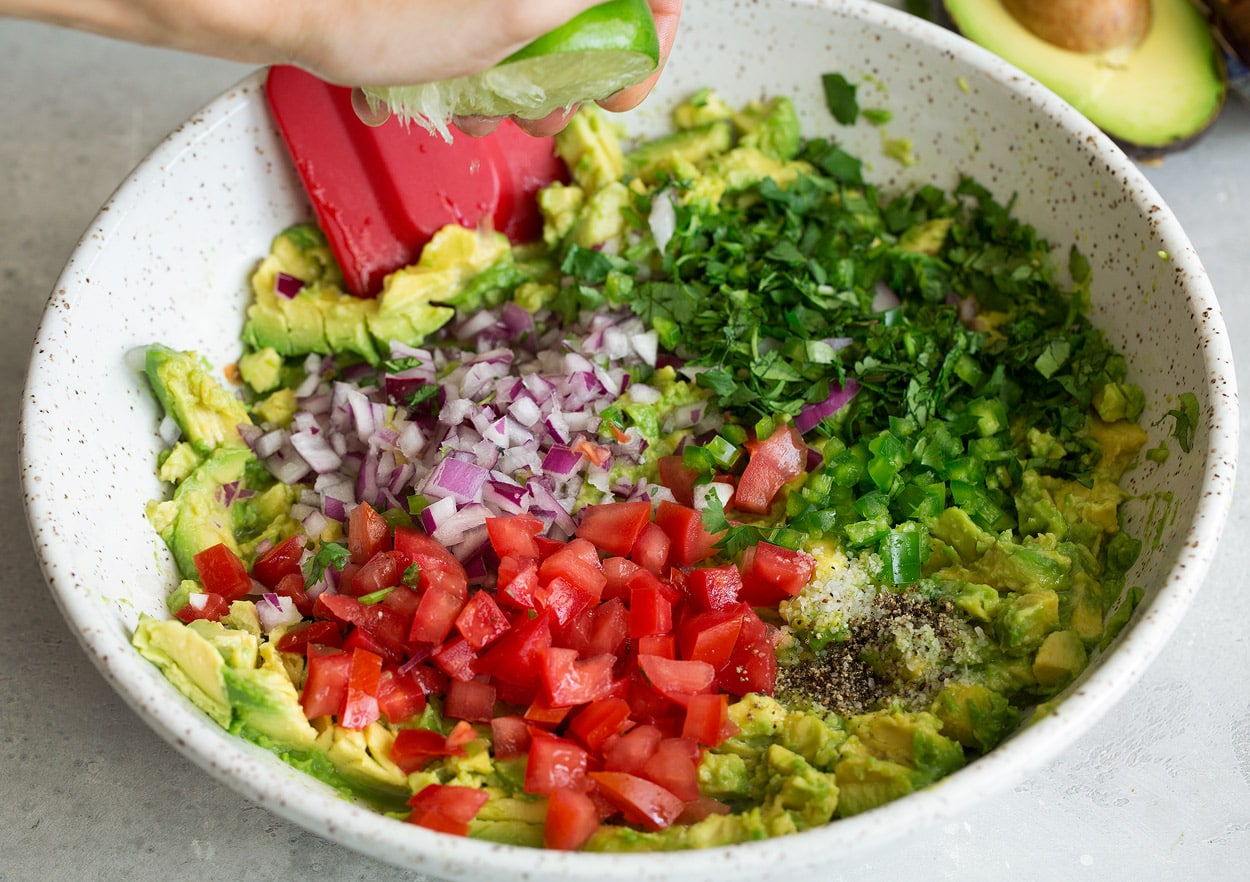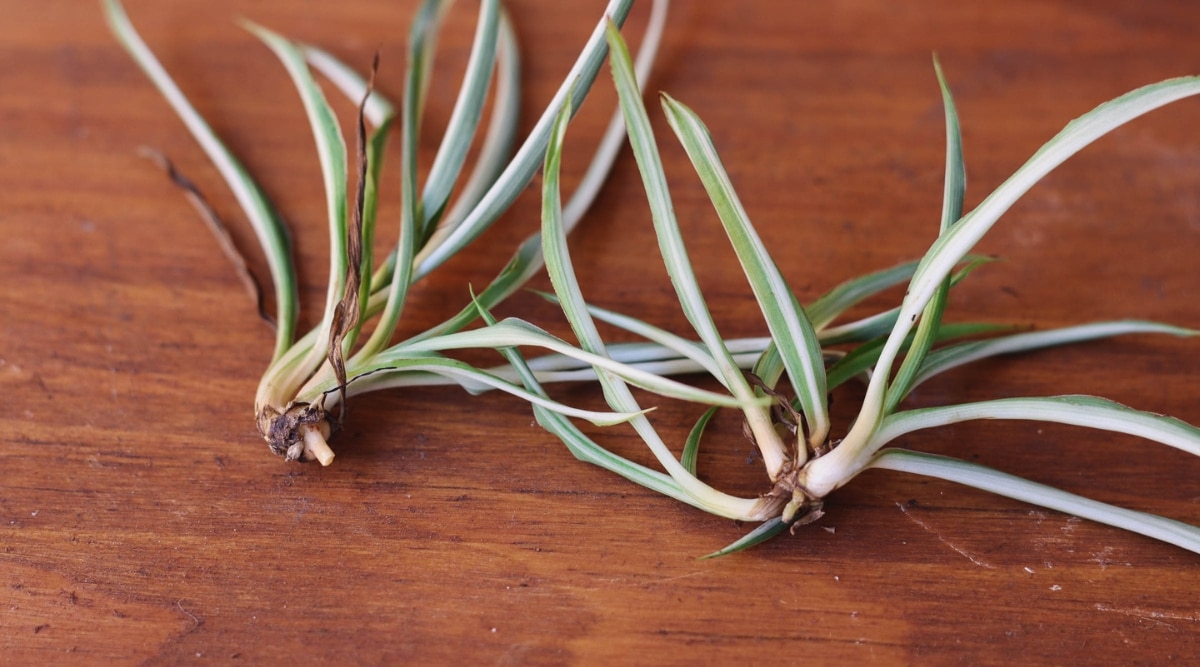How To Cut Tomatoes For Greek Salad
When it comes to making a delicious Greek salad, the way you cut your tomatoes can make all the difference. Tomatoes are a key ingredient in this classic Mediterranean dish, and the way you prepare them can impact the overall taste and presentation. So, let’s dive into the art of cutting tomatoes for your Greek salad!
1. Choose the right tomatoes:
For a Greek salad, it’s best to use ripe, juicy tomatoes. The ideal choices are firm but slightly soft to the touch, with a vibrant red color. Popular tomato varieties for Greek salad include Roma, Cherry, or Beefsteak tomatoes.
2. Wash and dry the tomatoes:
Begin by washing the tomatoes thoroughly under cool, running water. Make sure to remove any dirt or debris. Once washed, pat the tomatoes dry with a clean kitchen towel or paper towel.
3. Core the tomatoes:
Using a sharp knife, carefully remove the tough green core from the stem end of each tomato. This step helps to enhance the presentation and ensures a smoother eating experience.
4. Choose your cutting style:
There are various ways to cut tomatoes for a Greek salad. By choosing the right cutting style, you can add visual appeal and allow the flavors to blend well together.
- Classic Wedges: Cut the tomato horizontally into thick slices. Then, cut each slice into wedges. This style is perfect if you want the tomatoes to be the star of your salad.
- Diced: If you prefer smaller tomato pieces, dice the tomato into bite-sized cubes. This style allows the flavors to distribute evenly throughout the salad.
- Halved Cherry Tomatoes: If using cherry tomatoes, simply halve them. Their small size adds a pop of color and texture to your Greek salad.
5. Handle the tomatoes gently:
As you cut the tomatoes, remember to handle them with care. Tomatoes can easily become mushy or lose their shape if handled roughly. Treat them delicately to maintain their texture and flavor.
6. Include the tomato juice:
When cutting the tomatoes, try to collect any juice that oozes out. This flavorful tomato juice can be added to your Greek salad dressing or drizzled over the finished dish for an extra burst of flavor.
7. Cook’s Tip: Timing is key!
It’s best to cut the tomatoes just before assembling your Greek salad. This ensures that they stay fresh and flavorful. A perfectly cut tomato adds that extra touch of freshness to the overall dish!
Now that you know how to cut tomatoes for a Greek salad, you are ready to create a mouthwatering masterpiece. Remember, the presentation matters as much as the taste, so take your time and enjoy the process. Share your beautiful Greek salad creation with family and friends, and impress them with your expert tomato cutting skills!
For those looking to master the art of cutting tomatoes for Greek salads, there are numerous recipes to try that utilize this skill. A great starting point is the Traditional Greek Salad Recipe, which showcases the classic combination of fresh vegetables and feta cheese. For something heartier, the Greek Chicken Salad with Tomato Wedges offers a protein-packed meal. If you prefer pasta, the Greek Pasta Salad with Diced Tomatoes is a delightful option. For a twist on the classic, the Grilled Greek Salad with Halved Cherry Tomatoes adds a smoky flavor to your dish. Lastly, the Greek Quinoa Salad with Fresh Tomato Wedges is perfect for a nutritious and gluten-free choice. Each of these recipes highlights different ways to prepare and enjoy tomatoes, making them a fantastic way to practice and perfect your technique.
Was this page helpful?
Read Next: How To Cut Onions For Philly Cheesesteak











